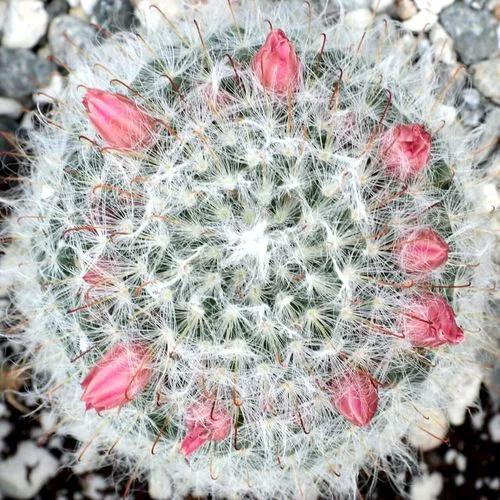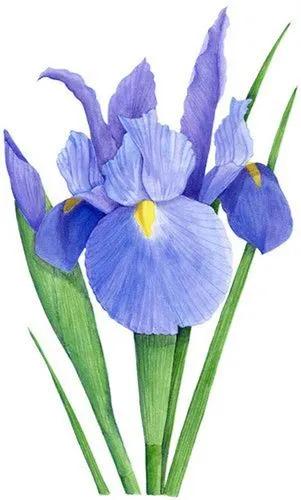These plants are large shrubs or small to moderate-sized trees, reaching 5–15 m (16–49 ft) tall, with spiny shoots and alternately arranged evergreen leaves with an entire margin. The flowers are solitary or in small corymbs, each flower 2–4 cm (0.79–1.57 in) diameter, with five (rarely four) white petals and numerous stamens; they are often very strongly scented, due to the presence of essential oil glands. The fruit is a hesperidium, a specialised berry, globose to elongated, 4–30 cm (1.6–11.8 in) long and 4–20 cm (1.6–7.9 in) diameter, with a leathery rind or "peel" called a pericarp. The outermost layer of the pericarp is an "exocarp" called the flavedo, commonly referred to as the zest. The middle layer of the pericarp is the mesocarp, which in citrus fruits consists of the white, spongy "albedo", or "pith". The innermost layer of the pericarp is the endocarp. The space inside each segment is a locule filled with juice vesicles, or "pulp". From the endocarp, string-like "hairs" extend into the locules, which provide nourishment to the fruit as it develops. Many citrus cultivars have been developed to be seedless (see nucellar embryony and parthenocarpy) and easy to peel. Citrus fruits are notable for their fragrance, partly due to flavonoids and limonoids (which in turn are terpenes) contained in the rind, and most are juice-laden. The juice contains a high quantity of citric acid and other organic acids[29] giving them their characteristic sharp flavour. The genus is commercially important as many species are cultivated for their fruit, which is eaten fresh, pressed for juice, or preserved in marmalades and pickles. They are also good sources of vitamin C. The content of vitamin C in the fruit depends on the species, variety, and mode of cultivation. The flavonoids include various flavanones and flavones.
Citrus Care
Citrus



How to Care for the Plant

Water

Water your citrus tree similarly to any houseplant. Water in thoroughly at intervals and allow the soil to dry out between watering.

Fertilizer

Citrus tree houseplant care also requires fertilization, especially if you want it to flower and set fruit.

Sunlight

The tree will adapt to lower light conditions, but if you are after fruit production, the citrus needs direct sunlight, five to six hours a day.

Soil

Plant the citrus tree in soil with a considerable amount of organics such as leaf mold, peat moss (use peat in the soil mix to keep the pH down), or compost. A mix of one-third sterile potting soil, one-third peat, and one-third organic matter works well.

Temperature

Citrus grow best indoors at 65 degrees F. (18 C.) during the day, dropping five to ten degrees at night.

Popularity

172 people already have this plant 9 people have added this plant to their wishlists
Discover more plants with the list below
Related articles






